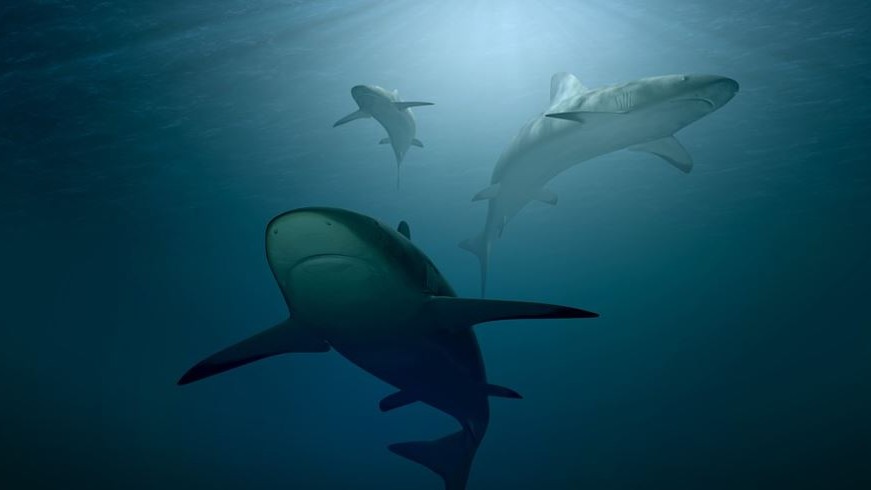Sleep is a rampant behavior in the animal world. It is usually characterized by immobility and poor response.
Despite the fragility inherent in sleep, the persistence of evolutionary time suggests that it fulfills more than one basic function. The hypothesis of this central function is that sleep plays an important role in energy conservation by improving relaxation and reducing the metabolic rate of wakefulness.
Energy savings during sleep have been reported in various animals, including humans, cats, rats, birds, and fruit flies, but it is not known whether energy consumption has decreased during fish sleep.
According to a study by a group of researchers from the Australian scientific institute, sharks sleep for hours to save energy.
For a study conducted by Michael Kelly of the University of Western Australia, seven checkered sharks were caught in Hauraki Bay in northeastern New Zealand and kept them in an outdoor aquarium under natural light conditions. Animals were fed with sardines and kept for at least two weeks. Before starting the experiment to make sure that the animal has reached the post-absorption state.
After this period, these checkerboard sharks (named because the color pattern of dark spots on the skin resembles a checkerboard pattern) were placed individually in a closed respiratory laboratory. Automatic intermittent ventilators and video recording began 48 hours before data collection began, allowing each animal to adapt to the new conditions. Each protocol then lasted 24 hours and was exposed to 12 hours of light and 12 hours of darkness.
During this period, they evaluated changes in oxygen consumption rates to see if sleep was a decisive factor in energy savings in cold-blooded vertebrates.
The condition of the eyes was assessed as open or closed, and the body posture of inactive sharks was evaluated as flat (lying on the bottom of the tank) or standing (sitting on the pectoral fins). The shark kept his eyes open while swimming, but discovered that the eyes of these animals were closed while sleeping.

The state of activity was classified as swimming, resting (less than 5 minutes of inactivity), or sleeping (more than 5 minutes of inactivity). Studies have shown that oxygen levels in sharks are significantly lowered during sleep and last for about 5 minutes. Another sign that they are sleeping is the period of activity of the animal, that is, when swimming, a high level of oxygen was recorded.
Regarding body position, scientists have observed that during sleep they take a flat body position rather than rest. Thanks to this study, an ancient theory was shot down that sharks did not fall asleep.
Keep reading:



